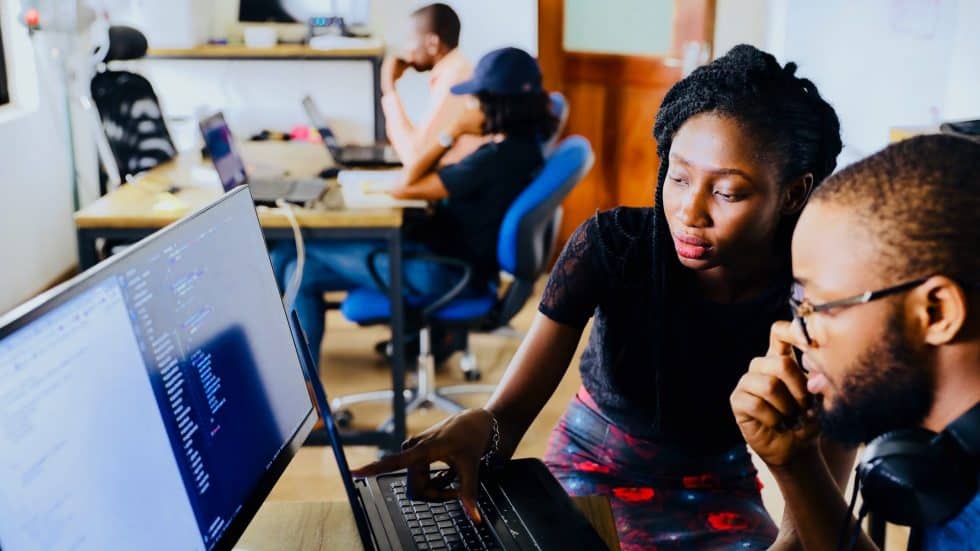For many borrowers, the Paycheck Protection Program (PPP) loan periods have now either ended or are well underway. With this milestone sparks interest in learning what expenses can be forgiven, as well as how to apply for forgiveness. Here are a few items to consider regarding ppp loan forgiveness.
When Should You Apply?
Right now many lenders are not ready to accept your loan forgiveness applications since they are waiting on final guidance from the SBA and the U.S. Treasury Department. You may see some information start to roll out in August, but don’t rush to gather this information before official instructions have been provided.
Your loan payments are not due until 10 months after your covered period ends or you apply for forgiveness – another good reason not to rush your application.
8-weeks vs. 24-weeks
If you received your loan prior to June 5, 2020, you can choose the length of your covered period, either 8 or 24 weeks. There can be an advantage to opting for the longer period since the goal is to maximize your loan forgiveness. Having more time to spend your money strategically could give your business additional opportunities to pay for qualified expenses such as monthly rent or utility bills.
As mentioned previously, your loan payments, for amounts not forgiven, are not due until 10 months after your covered period ends. Therefore, extending your covered period also gives you more time before you need to make any potential loan payments.
Simplified Loan Forgiveness Application
The SBA released form 3508EZ as an easier option [than form 3508] for qualified borrowers, requiring less calculations and documentation. Borrowers meeting at least one of the below requirements are eligible to use the simpler form:
1. You are a self-employed individual with no employees.
2. You did not reduce employee salary or wages by more than 25 percent during the Covered Period or the Alternative Payroll Covered Period AND you did not reduce work force or average employee hours.
3. You did not reduce employee salary or wages by more than 25 percent during the Covered Period or the Alternative Payroll Covered Period AND your business was unable to operate as it had prior to regulations enacted due to the COVID-19 pandemic.
*Exact requirements can be found on the Treasury website.
Prepare for the Loan Forgiveness Application
One of the best ways to prepare for the loan application process is to focus on spending your loan funds on expenses that qualify for loan forgiveness, tracking your costs as you incur them, and collecting documentation on those payments for future proof.
Automatic Loan Forgiveness?
Two bank lobbying groups have advocated for the automatic forgiveness of loans under $150,000 and while there is no formal proposal to do so, Treasury Secretary Steven Mnuchin appears to back this strategy. The move would ease administrative burden on both the small business borrowers and the banks charged with managing the loans.
Mnuchin also recommended additional loans focusing on industries that have been hit hardest by the pandemic, as well as minority-owned small businesses.
*On August 4, 2020, the SBA released frequently asked questions on PPP loan forgiveness.
As always, Lanigan Ryan will continue to monitor this evolving situation and add updates to our COVID-19 Resource Center as they become available. As an “essential” business in the state of Maryland, we will continue to work for clients to meet upcoming deadlines, while emphasizing the safety of both our clients and our team. Please know that your Lanigan, Ryan team members are always available for questions.
Updated 7.30.20



